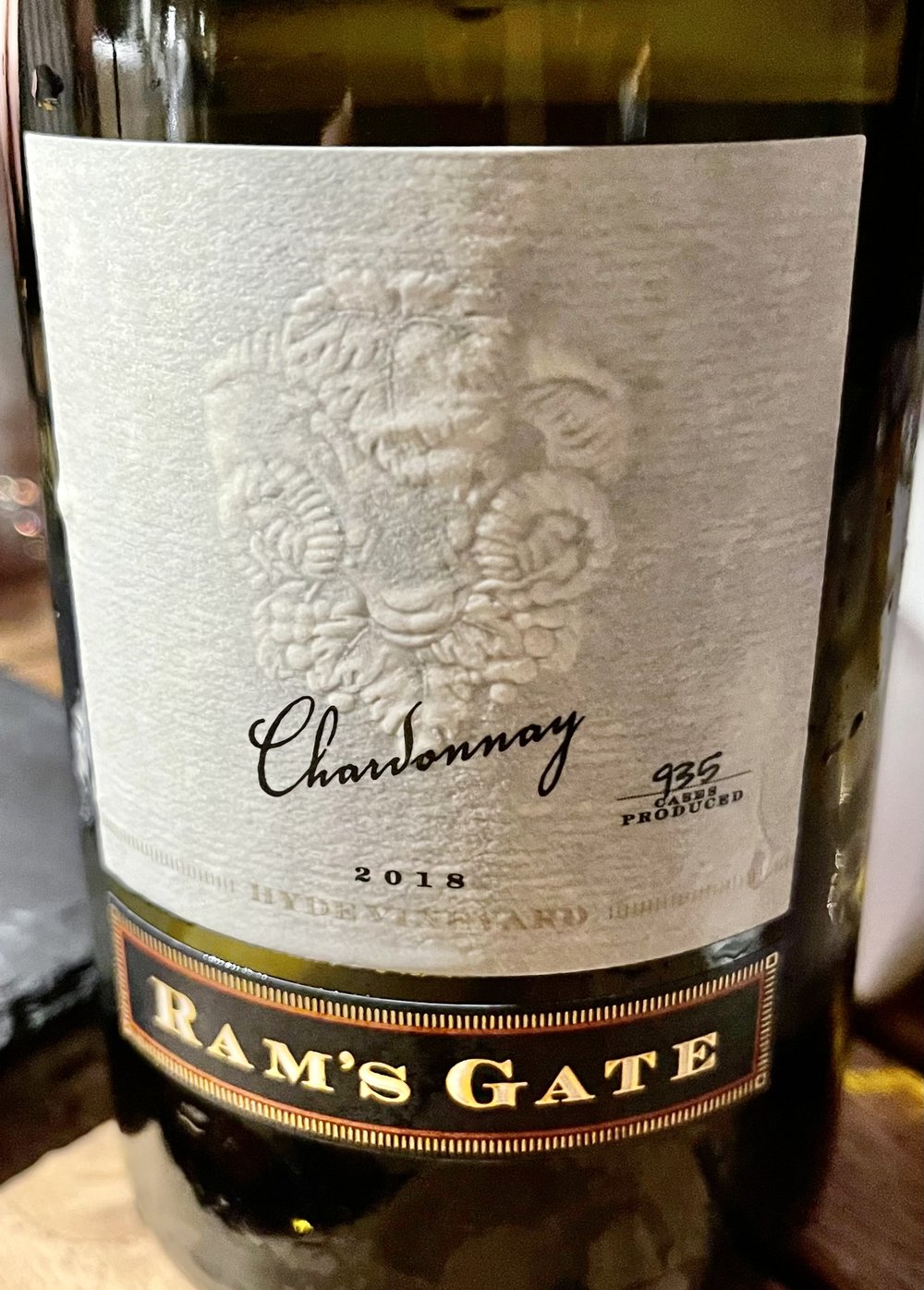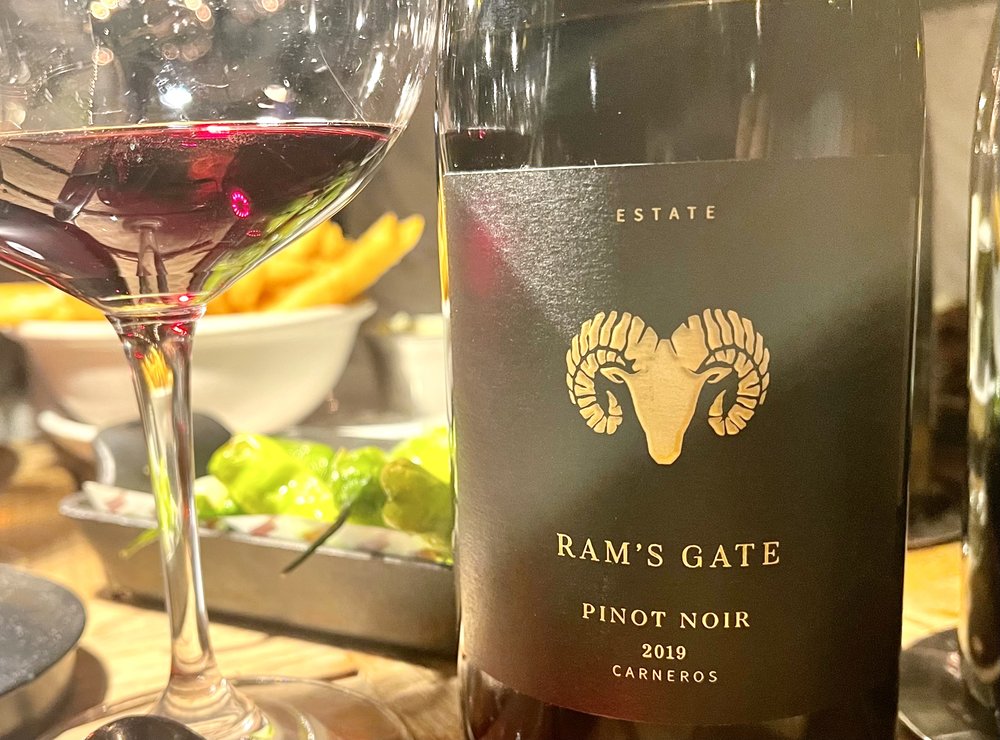
Joe Nielsen doesn’t like being told no. As a premed student at Michigan State, his interest in viticulture was sparked when he came across a book written in French about viticulture. He was only 17 and had never even tasted wine before, but all the diagrams and photographs that showed the planning, planting and growing of a vineyard grabbed his attention.
As luck would have it, there happened to be an elective ‘Intro to Winemaking’ class at the university. However, he was unable to enroll in it since he wasn’t yet 21. Unfortunately, weeks of pleading with university officials got him nowhere.
So what did Nielsen do instead? He planted his own vineyard! He chose one acre from his parents’ 20-acre property in Michigan and got to work. For his 18th birthday, his mom even gave him vineyard stakes to trellis the vines. To irrigate, he ran a garden hose that he had punctured with holes which, needless to say, didn’t work out too well. He never actually made any wine from the vines he planted but it was a great learning experience that started him on the path from medicine to winemaking.
Today, Nielsen is General Manager and Chief Winemaker at California’s Ram’s Gate winery, where he makes fresh, mineral-driven wines that are a showcase for Sonoma County’s diversity. The winery, founded in 2011, has entered a invigorating new phase since Nielsen’s arrival in 2018 (prior to that he had spent nine years at Donelan Family Wines in Santa Rosa). Nielsen is known for his precision in farming, and he is dedicated to sustainability, already having reduced water usage in the estate vineyards by 33%, and is leading the winery towards organic certification.
The estate vineyards are spread across Carneros, Sonoma Coast and Sonoma Valley, and the winery sources grapes from other AVAs as well. Annually, Ram’s Gate produces about 10,000 cases of red, white and rosé wine.
“We are small, but not too small. It’s small enough to be hands on, but big enough to have room to play,” says Nielsen. And by “playing” he is referring to practices he has introduced, such as the use of whole clusters and native yeasts in fermentation, as well as experimenting with oak barrels: the type of wood, the toast and the production process.
At a recent dinner at The Dutch in New York City, I caught up with Nielsen and tasted four Ram’s Gate wines, each one a unique representative of his thoughtful winemaking style. I found all of the wines to be lively, delicious expressions of Sonoma’s unique vineyard sites, and they were delightful with the wide variety of food at the table.
Ram’s Gate Carneros Sauvignon Blanc 2019. Nielsen’s inspiration for Sauvignon Blanc comes from the great white wines of Bordeaux, particularly those from Pessac Léognon, that offer texture, complexity and richness.
This Sauvignon Blanc is barrel fermented in 70% neutral barrels, 10% new oak and 20% stainless steel, and remained on the lees for about five months. Richly aromatic with fruity notes of grapefruit and melon, it doesn’t have any aggressive grassy notes you might find in Sauvignon Blanc from New Zealand, for example.
Fresh and crisp, with an herbaceousness on the palate, the wine was a winner with scallion chipotle cornbread and Wellfleet oysters on the half shell.


Ram’s Gate Hyde Chardonnay 2018. Hyde Vineyard is an iconic site on the Napa side of Carneros, yet this is not your typical oaky, buttery Napa Chardonnay.
The wine has a great lemon-like acidity which balances out the full-bodied texture. And even though a third of the wine has aged in new oak barrels, there is only a hint of oakiness. Aromatic, the wine is more about fruit (citrus, apple and peach), freshness and texture.
The chalky salinity made it a good pairing with briny oysters, and was equally enjoyable alongside squid ink pasta topped with rock shrimp.
Note: this wine is the only non-Sonoma wine in Ram’s Gate’s portfolio.
Ram’s Gate Pinot Noir Sonoma Coast 2018. Sourced from several Sonoma Coast sub-AVAs, such as Russian River Valley, Petaluma Gap, as well as the Sonoma Coast AVA itself, Nielsen says the wine is a showcase for the diversity of the region’s terroir.
Light and delicate with a touch of spice and herbal notes, this is a Pinot Noir that will remind you of just-picked raspberries on a warm summer day (and who doesn’t like that?!). Balanced and bright, this wine could pair well with so many dishes—it was another great option for the squid ink pasta dish, and with the crispy, peppery french fries as well.

Ram’s Gate Pinot Noir Carneros 2019. Like the Sonoma Coast bottling, this Pinot Noir is bright and juicy with delicate and fresh red berry notes; a wine that dances on the palate. The difference here is a bit more weight on the body; rounder, with more velvety tannins.
In a prior interview, Nielsen had told me that this wine is the “most exciting Carneros wine that Ram's Gate produces, marked by dark fruit and umami, and is incredibly hedonistic.”
The Carneros Pinot Noir didn’t come close to overpowering the pasta though, as it was a great match to the earthy squid ink. It went well with the meatier dishes at the table too, and my colleague loved it with rack of lamb brushed with a spicy jerk sauce. A versatile wine indeed!
Headed to California? Ram’s Gate, located just off Highway 121, is the first winery on the way from San Francisco to Sonoma. With its sweeping views of the vineyards and beautiful tasting room, it is one of the most popular wineries for visitors.
Their new “Seasonal Wine & Food Experience,” is a two-hour communal, multi-course pairing that begins with a tour of the winery property, followed by a guided tasting of wines paired with seasonal dishes. Make sure to book your reservation ahead of time for this engaging experience.
Read more on Ram’s Gate winery in my 04/02/2022 Grape Collective article, Sonoma County’s Three Top Appellations for Pinot Noir.
